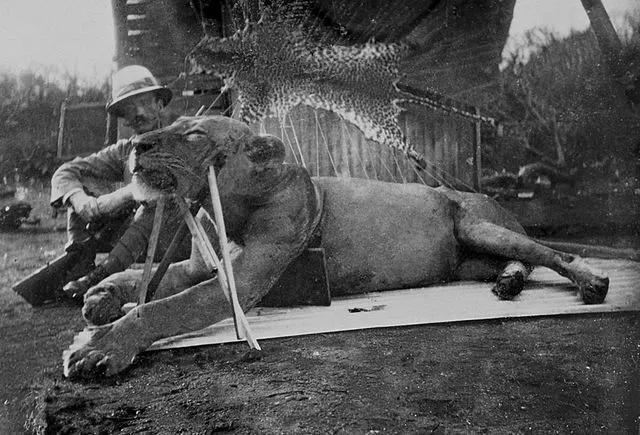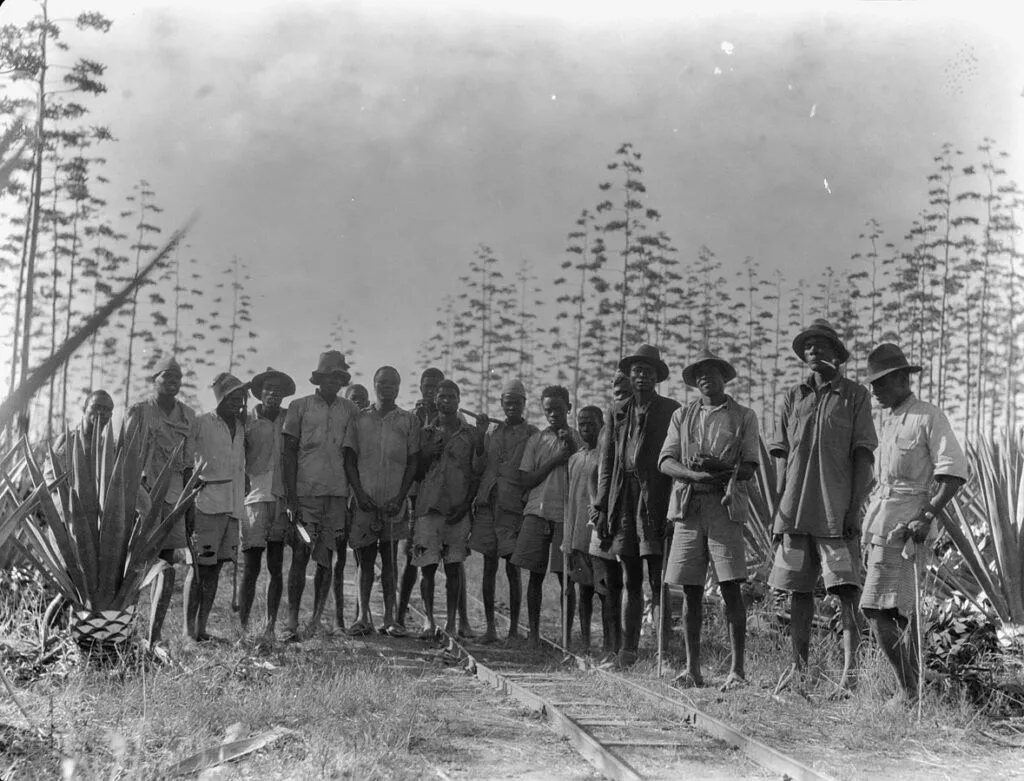Kenya’s Uncomfortable Colonial History
Kenya’s Safari Industry: A Journey Through Time
Kenya is globally renowned for its safari experiences, with a legacy rooted in decades of wildlife tourism. This longstanding tradition has contributed to the country’s impressive infrastructure — from smooth road networks and luxurious lodges to a vast collection of breathtaking national parks and conservancies. But behind the glamour of sunset game drives and luxury tents lies a complex and often uncomfortable history, deeply tied to Kenya’s colonial past.
Early Foreign Influence
The first outsiders to take interest in Kenya’s rich lands were Arab traders, who established coastal trade hubs as early as the 7th century. Their presence lasted until the 16th century when the Portuguese took control, only to be pushed out by the Arabs — notably those from Yemen — two centuries later. To this day, the coastal towns of Mombasa and Malindi still carry the architectural and cultural imprints of both Arab and Portuguese civilizations.
Inland, the Maasai people expanded their reach during the 17th and 18th centuries, spreading across the Great Rift Valley and what is now Kenya and Tanzania. Despite their strength and influence, they never fully controlled the entire region due to resistance from rival groups and later, the pressures of colonial treaties and land divisions that severely limited their territories.

The Rise of British Rule
In 1888, the Imperial British East Africa Company laid claim to the region, and by 1920, Kenya officially became a British colony. A few decades earlier, in 1896, the British launched the construction of the Kenya-Uganda Railway, linking Mombasa to Kisumu (then Port Florence). The railway ran through what is now Tsavo National Park and was built using forced labor, many of whom perished due to the harsh conditions — or even attacks by the infamous man-eating lions of Tsavo.
Nairobi, initially just a railway depot, soon flourished into a key hub for goods and passengers traveling between the coast and the interior. This rapid growth attracted British settlers and adventurers who brought with them the pursuit of big-game hunting, which became a defining feature of the early safari scene.
As the colonial elite settled in, their lavish lifestyle required cheap labor. Colonial policies were introduced that stripped native Kenyans of land and rights, forcing them into low-wage work on settler farms and infrastructure projects.
Kibera, now one of Africa’s largest informal settlements, was originally set up by the British for African soldiers (askaris) who had supported colonial operations. The decades of exploitation and inequality eventually culminated in the Mau Mau Uprising (1952–1960), a major movement that paved the way for Kenya’s independence in 1963.
The Birth of Safari Tourism
While Kenya’s colonial legacy casts a long shadow, the idea of safaris began to shift in the early 20th century. Danish author Karen Blixen’s 1937 memoir Out of Africa romanticized the Kenyan wilderness and inspired European readers to experience its beauty — not through hunting, but through observation and immersion. The narrative helped redefine safaris as journeys to witness, rather than conquer, nature.
When the book was adapted into a film in the 1980s, it showcased Kenya’s natural splendor — from the plains of the Masai Mara to the serene shores of Lake Nakuru. Sites like the Karen Blixen Museum, her former farmhouse, gained international fame. This cinematic portrayal rekindled global interest in Kenya, cementing its place as a top safari destination.
Several safari lodges and camps, including the Karen Blixen Camp in the Masai Mara and Finch Hattons Camp in Tsavo West (named after Blixen’s lover), still echo the elegance of the colonial era. Upscale areas like Nairobi’s Karen suburb — named after Blixen herself — reflect the lingering influence of that time, blending luxury tourism with historical nostalgia.

A Changing Narrative
Today, attitudes are evolving. There is growing awareness around the legacy of colonialism in Kenya’s tourism industry. This has led to movements aimed at restoring land to indigenous communities and transforming safari experiences into ones that reflect and respect local cultures.
Modern travelers increasingly seek authentic, community-based experiences that allow for deeper cultural connections and ethical engagement. Many new lodges and excursions now embrace Kenyan heritage through traditional architecture, locally inspired décor, and community-run operations.
If you’re looking to enrich your itinerary with culturally immersive experiences, consider adding:
Loita Hills Basecamp – A rustic, Maasai-run camp between Nairobi and the Masai Mara, offering cultural activities and guided treks.
Nai Nami City Tour – A powerful walking tour of Nairobi led by former street children from Kibera, sharing personal stories and local insights.
Il Ngwesi Eco Lodge, Laikipia – A Maasai-managed lodge committed to conservation and cultural education.
Bomas of Kenya, Nairobi – A showcase of traditional homesteads representing over 20 Kenyan ethnic groups.
Visits to local tribes – Engage with the Digo, Samburu, and Maasai communities to learn about their customs, crafts, and way of life.
